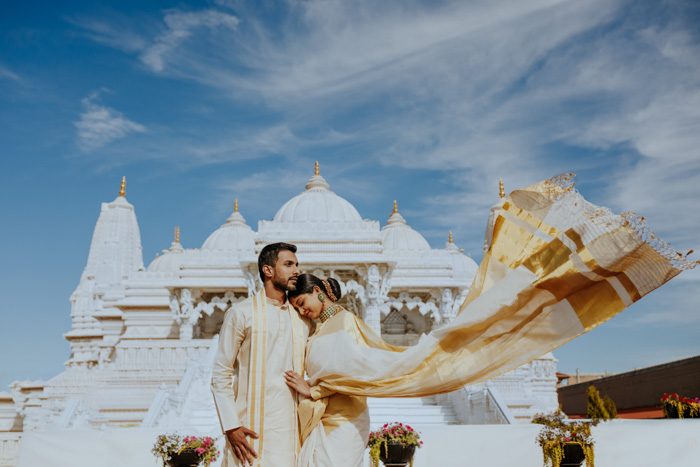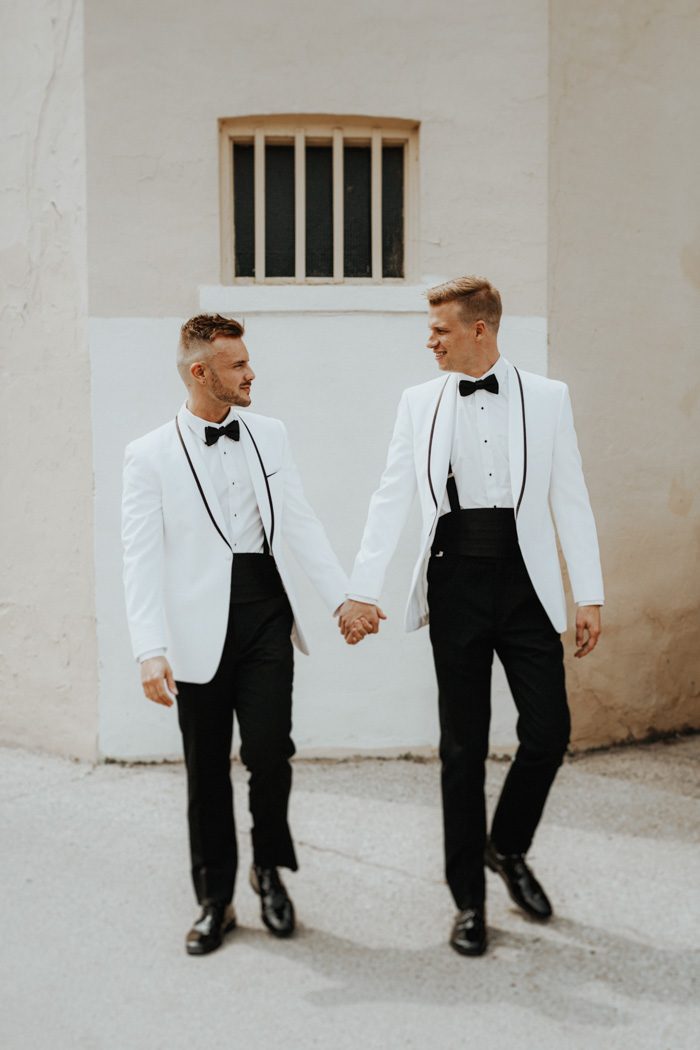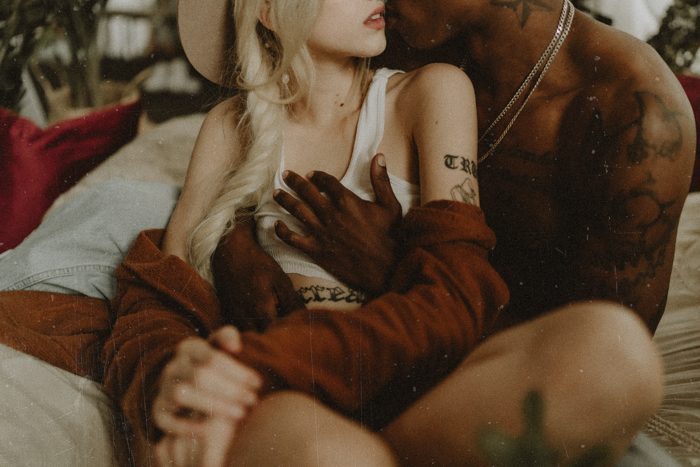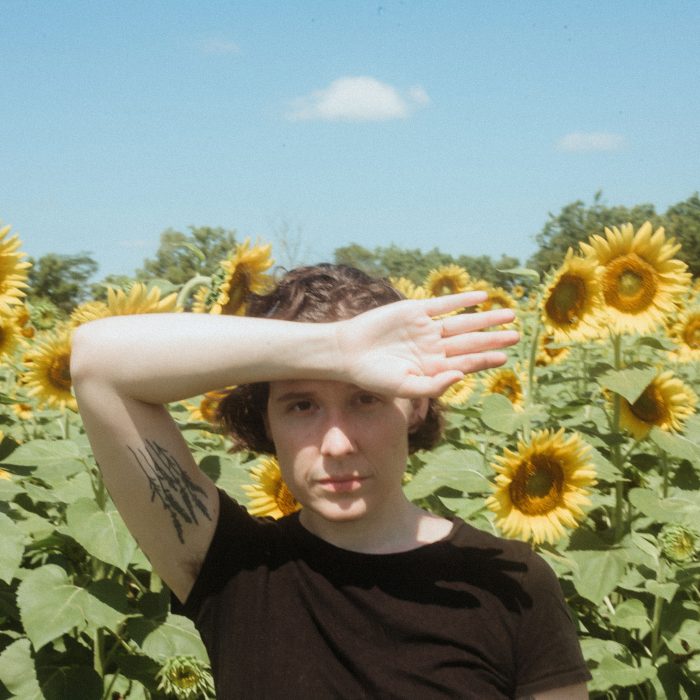Like most of us, photographer Cassie Lopez knows the power of media. It’s widely distributed, and because of that, it can shape a person’s understanding of the world.
But sometimes, the media is not a direct reflection of life itself. And sometimes, it erases the identity of rich, diverse communities.
For underrepresented people – minorities, LGBTQ+, and more – it can be difficult to rise above the effects of systemic oppression. They can’t do it alone, so Cassie is calling on photographers to do their part by being more inclusive.
So, are you ready to use your influence for the good of others? Starting right now, you can become a truly inclusive wedding photographer with Cassie’s five-step plan.
Creating real diversity and inclusion
[Cassie Lopez]: As photographers, we create the visual representations that fill our physical and digital space. We create fine art, documentaries, advertisements and everything in between. But like every other industry, our creativity exists within a framework that favors certain individuals over others. Because high-end weddings are a luxury, this industry is especially catered toward those with privilege, and wedding blogs primarily show folks who are light-skinned, cis-gendered, able-bodied, thin, young and heterosexual. If we as creatives are complacent, this will never change.Just because we are photographers, that doesn’t mean our work begins and ends with our portfolios. Real inclusion and diversity are about more than just media representation; they are a practice of dismantling oppressive systems with our actions.
If you consider yourself an ally but your actions don’t communicate your allegiance, you are not dismantling anything. As a non-binary, biracial Latinx and queer person living in the South, I don’t reach out to vendors that aren’t openly working for my community and it’s not because I worry they won’t know how to pose my partner and I. Honestly, it’s as much for my values as it is for my safety.
If you choose not to prioritize inclusivity right now, I hope you at least acknowledge your privilege in being able to not prioritize it. If you are interested in being a more inclusive business and ally to underrepresented groups, here are a few suggestions and notes for you.

photo by Earth Below Photo
1. Follow public accounts by minority-owned businesses
Do this because adding to our follower count is supporting our business. Interacting with our posts, where appropriate, is supporting our business, too. More importantly, by following people who are different from you, you have an opportunity unlike any other in history to LEARN from the intimate thoughts and experiences of others. Not just about politics but also art, relationships, and society. Read. Pay attention. Challenge yourself. Don’t take up space carelessly. This is free education, and you are not entitled to it. Use it wisely.
2. Represent minorities in your portfolio and your lifestyle
If you are hired by someone who is underrepresented in the wedding industry (fat folks, folks of color, LGBTQ+, folks with disabilities, and older couples), show them on your page! If you identify as a minority and can safely do so, be visible in this industry! It is radical and important. Disrupt the stream of what we already see every day.

photo by Bows & Lavender
3. Pay underrepresented folks when we model for you
So often, I see the advice tossed around to have a “model call” asking for same-sex couples, dark-skinned couples, etc. I’ve even read, “As long as you’re transparent about your desire to diversify your feed, there’s nothing wrong with it.”
I would argue that, as long as your work doesn’t stop at the model call, there’s nothing wrong with it. Start by paying your models. If you are using people to advertise your inclusiveness so you can make money off their community, you need to pay them. And not just to be your token model.
4. Hire underrepresented folks for all kinds of work
Shop at minority-owned businesses. Actively seek them out and tell your friends about them. Promote minority-owned businesses and artists on your Instagram. Refer clients to minority photographers if you’re already booked for a date.
You can be an inclusive photographer while never photographing an underrepresented couple because real inclusion necessitates a total redistribution of power, not just more diverse stock imagery.
Bottom line: If you set up a styled shoot with 12 vendors and they are all white, thin, able-bodied, straight, and cis except for the models, what are you actually doing for underrepresented groups besides using our image to make you more money?

photo by Nikki Hollett Photography
5. Real inclusion requires those in power to share it
You might just realize that you are someone who needs to share your platform or your spotlight. If you already have a large following, how can you use your influence to create real change?
Big wedding magazines are diversifying their content, and in doing so, this opens the door for minorities to have content we *created* published. If your photo of a Black couple doesn’t get published but a photo *by* a Black photographer does, that is a win for inclusiveness. If LGBTQ clients want to give money to LGBTQ-owned businesses instead of you, that is a win for inclusiveness.
Find joy in our collective power over your individual wealth.
Wedding photographers can’t dismantle all systematic oppression, but we can look at ourselves, our jobs and our industry and consciously dismantle the ways that we benefit from it. To me, that feels like an excellent place to start.

Cassie Lopez is a photographer, illustrator, and musician based in Kentucky.
“ If your photo of a Black couple doesn’t get published but a photo *by* a Black photographer does, that is a win for inclusiveness. If LGBTQ clients want to give money to LGBTQ-owned businesses instead of you, that is a win for inclusiveness.”
THIS. A million times over, this! Thank you for sharing!
Thanks for writing this! Hope to see more people writing about inclusion in photography, and how we can champion that as creatives.